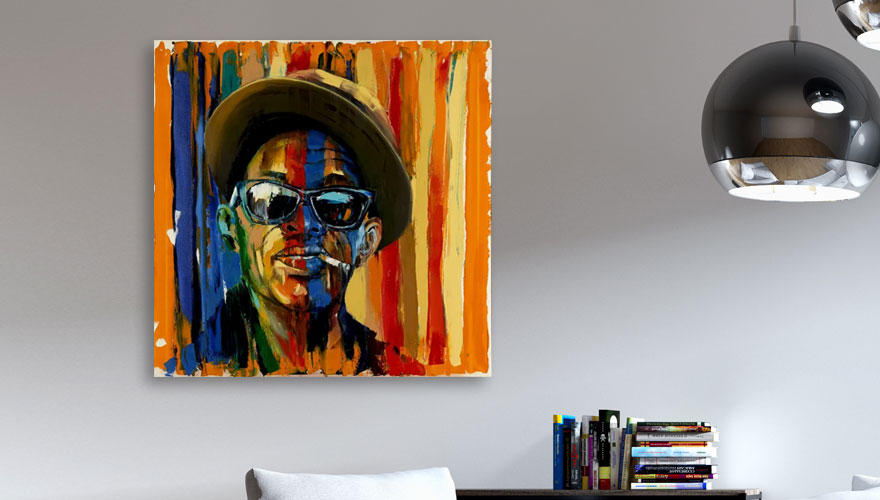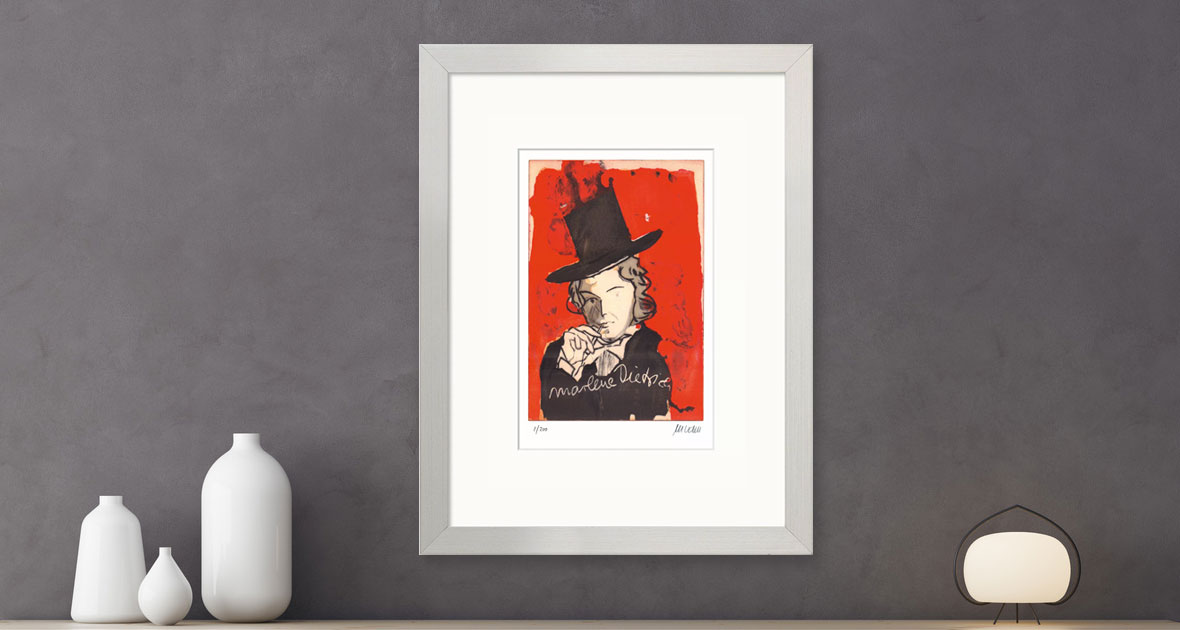
The Muses in Art - Sources of Inspiration
The question of where artists find the inspiration for their works is at least as old as the art itself. A common answer to this is that ideas do not solely arise from their own minds but are also significantly elicited by other people - the muses. It is known that many creative minds such as Auguste Renoir, Gustav Klimt, Salvador Dalí, Pablo Picasso or Andy Warhol had a muse playing a significant role in their artistic work. Through their pure presence and charisma, these women and men inspire the artists and promote their creative power.
What ultimately defines a muse varies greatly from case to case. Perhaps because their role is not clearly defined, the muses always possess something legendary, mystical, and dazzling. However, it is a fact that artists still enjoy surrounding themselves with muses today and that they have a strong impact on the artistic process.
The concept of a person positively influencing the productivity of artists has its origins in antiquity. According to ancient Greek mythology, from a liaison between the father of the gods, Zeus, and Mnemosyne, the goddess of memory, nine daughters were born. Each daughter was responsible for a particular area of the arts, such as poetry, dance, science, astronomy, comedy, philosophy, or poetry. These nine muses acted as patron goddesses of the arts and provided inspiration to scholars and artists. In reference to this legend, people today are still referred to as muses if they, in any way, positively influence artists.
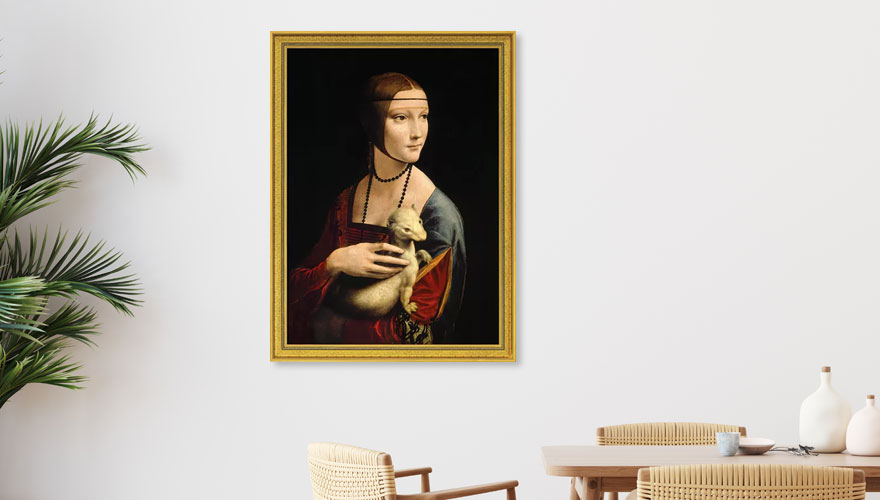
The Role of a Muse Can Range from Model to Manager
What is a muse to an artist? This question is not easy to answer, especially as the concept of a muse encompasses several, sometimes very different forms of relationships between two people. Ultimately, the term muse denotes a metaphysical phenomenon and is not sharply distinguished from other designations such as model, lover, or friend.
The central aspect of the concept of a muse is its function as a driving force and source of inspiration for artists. A muse has the ability, solely through their presence and aura, to stimulate creativity and enhance productivity. They make ideas flow and inspire artists to achieve new heights, perhaps even during difficult times. However, the nature of this talent and where the muses derive their power and ability to influence and stimulate the senses is difficult to objectively determine. Nevertheless, it is evident that muses are capable of enabling artists to fully utilise their potential.
Due to the close proximity between muses and artists, the association with models is often made. A model and muse can be the same person, but a muse does not necessarily have to be a model, nor are all models the muses of artists. However, there are numerous examples in art where a muse specifically served as the inspiration and is more or less explicitly depicted in the artwork. Many portraits of well-known personalities in art history are based on the relationship between muse and painter.
The positive influence on artists can extend beyond the role of a model. Many artists value their muses as conversation partners and engage in lively intellectual exchanges with them. Some muses even take on the role of managers. They provide advice and support to artists, taking care of organisational and financial matters. It is evident that muses often assume a significant role in relation to artists.
Artists are often fascinated by their muses and idolise them to a certain extent. Collaborations can last for many years and frequently culminate in a romantic relationship or even marriage. It is common for artists to surround themselves with different muses throughout their careers.
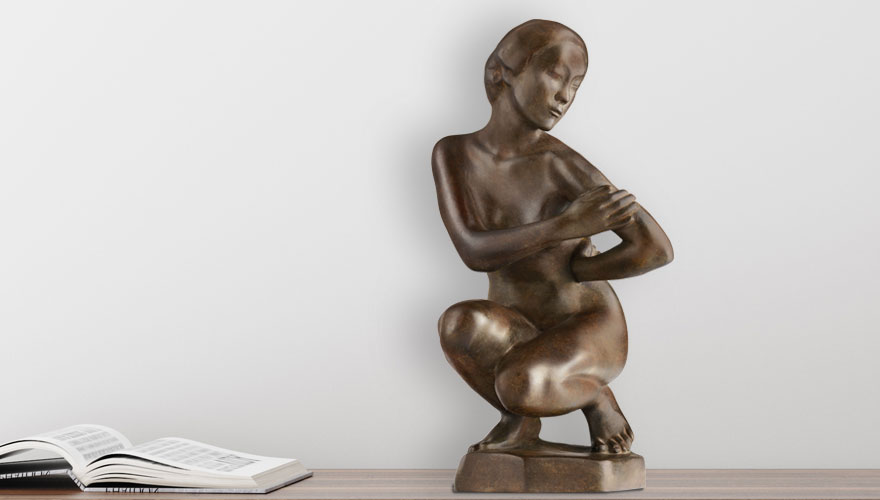
The Muse in Art - A Constant in Art History
Usually, the names of muses are not as well-known as those of the artists they support. Nevertheless, they are of great importance to art history because they not only served as subjects but also played a significant role in enabling artists to work productively and creatively. Countless examples can be found in art history, each with its own unique story of the artist-muse relationship.
The Muse as Inspiration for Auguste Rodin
For example, the French sculptor Auguste Rodin and Camille Claudel maintained a relationship that developed over many years and had various facets. Claudel and Rodin met in 1883 at the Academy of Art in Paris, where Rodin taught sculpture, and Claudel attended his classes. She soon became his model for various sculptures but also supported him as his assistant in the studio. Their collaboration evolved into a love affair that lasted for ten years. When their relationship ended, Rodin also incorporated this experience into his works. In recognition of her significant contribution to art history, including her own artistic achievements, Camille Claudel was honoured with her own museum in Nogent-sur-Seine in 2017.
Edie Sedgwick as Andy Warhol's Famous Muse
The relationship between muse and artist took on a completely different dynamic in the case of Edie Sedgwick and Andy Warhol. Warhol was fascinated by the young model from their first encounter in January 1965. They began an intense but purely platonic collaboration on various projects, especially films. However, disagreements over finances and Sedgwick's excessive drug use caused tensions between them as early as August 1965. They went their separate ways in early 1966.
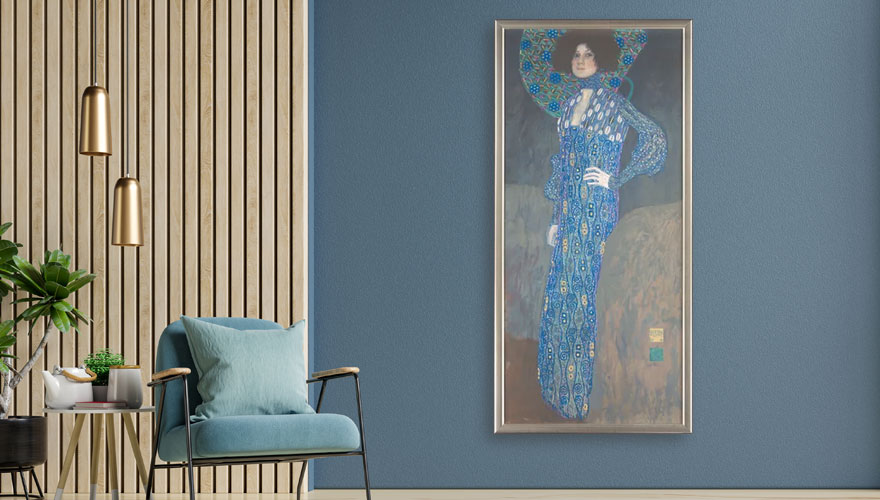
The Muse in Painting - Gustav Klimt and Emilie Flöge
One of the most important paintings of the Art Nouveau movement is said to have been inspired by a very close personal relationship between the painter and his muse. In the painting "The Kiss", the Austrian painter Gustav Klimt is said to have depicted himself and his muse and life companion Emilie Flöge. Prior to this, Flöge - later a successful fashion designer and entrepreneur in her own right - had served as a model for various paintings by Klimt. As for the theory that Adele Bloch-Bauer, whom Klimt painted in his world-famous work from 1907, may have been more than just his model, there is insufficient evidence.
While many examples often feature women as muses, there are certainly also instances of male muses. For example, it is said that the French Impressionist painter Berthe Morisot had Eugène Manet, her husband and brother of Édouard Manet, as her muse. Numerous paintings exist in which Morisot portrayed Eugène Manet.
Whether male or female, it is evident that many famous artists today would not be who they are without their muses.
